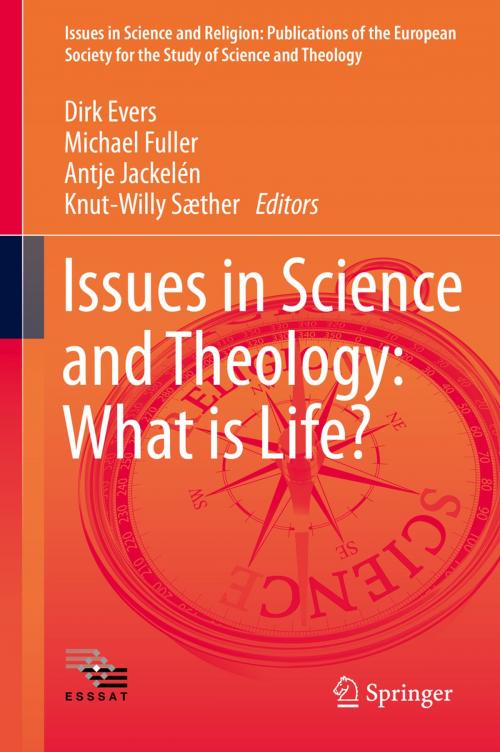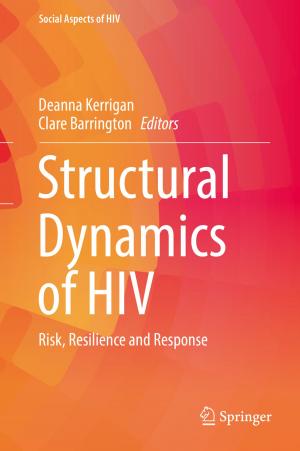Issues in Science and Theology: What is Life?
Nonfiction, Religion & Spirituality, Philosophy, Religious, Science & Nature, Science, Other Sciences, Philosophy & Social Aspects| Author: | ISBN: | 9783319174075 | |
| Publisher: | Springer International Publishing | Publication: | June 3, 2015 |
| Imprint: | Springer | Language: | English |
| Author: | |
| ISBN: | 9783319174075 |
| Publisher: | Springer International Publishing |
| Publication: | June 3, 2015 |
| Imprint: | Springer |
| Language: | English |
This book explores the concept of Life from a range of perspectives. Divided into three parts, it first examines the concept of Life from physics to biology. It then presents insights on the concept from the perspectives of philosophy, theology, and ethics. The book concludes with chapters on the hermeneutics of Life, and pays special attention to the Biosemiotics approach to the concept. The question ‘What is Life?’ has been deliberated by the greatest minds throughout human history. Life as we know it is not a substance or fundamental property, but a complex process. It is not an easy task to develop an unequivocal approach towards Life combining scientific, semiotic, philosophical, theological, and ethical perspectives. In its combination of these perspectives, and its wide-ranging scope, this book opens up levels and identifies issues which can serve as intersections for meaningful interdisciplinary discussions of Life in its different aspects. The book includes the four plenary lectures and selected, revised and extended papers from workshops of the 14th European Conference on Science and Theology (ECST XIV) held in Tartu, Estonia, April 2012.
This book explores the concept of Life from a range of perspectives. Divided into three parts, it first examines the concept of Life from physics to biology. It then presents insights on the concept from the perspectives of philosophy, theology, and ethics. The book concludes with chapters on the hermeneutics of Life, and pays special attention to the Biosemiotics approach to the concept. The question ‘What is Life?’ has been deliberated by the greatest minds throughout human history. Life as we know it is not a substance or fundamental property, but a complex process. It is not an easy task to develop an unequivocal approach towards Life combining scientific, semiotic, philosophical, theological, and ethical perspectives. In its combination of these perspectives, and its wide-ranging scope, this book opens up levels and identifies issues which can serve as intersections for meaningful interdisciplinary discussions of Life in its different aspects. The book includes the four plenary lectures and selected, revised and extended papers from workshops of the 14th European Conference on Science and Theology (ECST XIV) held in Tartu, Estonia, April 2012.















